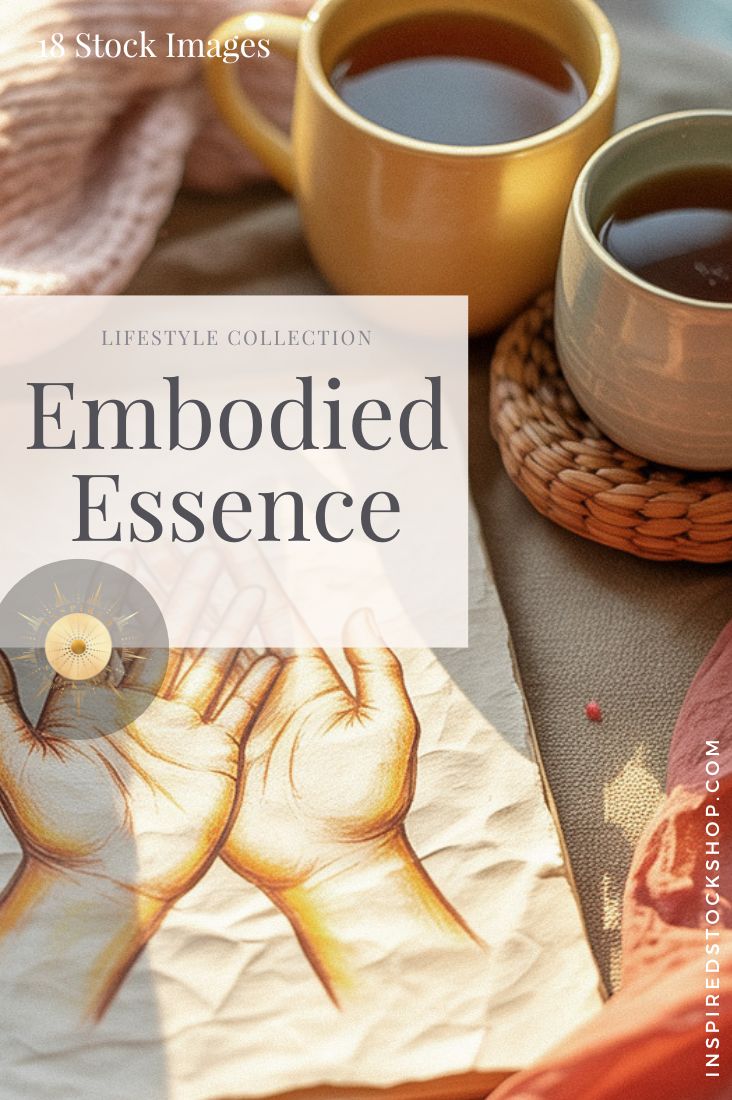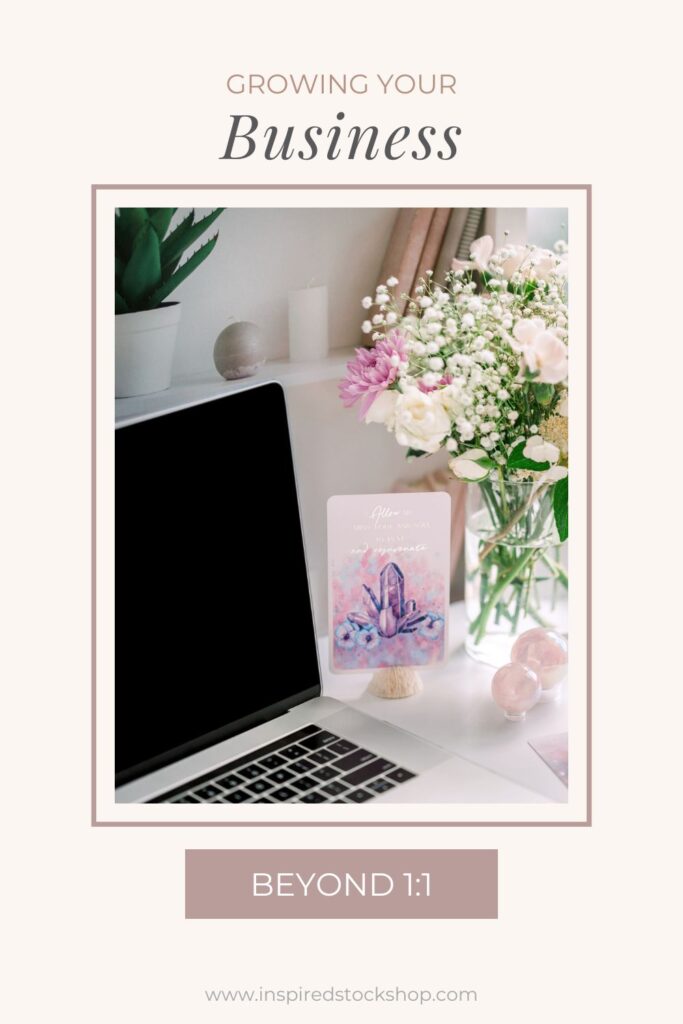The look and feel of your business branding can both attract and influence your customers and clients and is largely shaped by the visual identity that you present.
In order to ensure consistency throughout everything that you produce – from your website, social media, printed materials, and other visual content you use – you must first discover your brand style.
When creating a brand identity, you need to pick the right visuals and content to represent you and maintain a consistent style and tone to support your business’ brand.
But where do you start?
1. Find Inspiration
The first thing I recommend is finding inspiration. You’ve heard the saying that a picture is worth a thousand words, right? So start collecting visuals that you are attracted to, even if you don’t know why.
A great way to start is to create a Pinterest board. Save pins of images, fonts, graphics, and designs that you like and are drawn to.
Make specific notes about what you like and don’t like (e.g. the image is on-brand but the text is not right).
Are you starting to see a trend? Perhaps you’ll notice that All photos have a light and airy feel to them, and natural light is used wherever possible. Or perhaps they have a more rustic, moody edit.
It is important to start with this first step as it will help you start getting mentally stimulated into feeling into your brand.
2. Define your audience and mission statement
Create a simple summary that will give people insight into the heart and soul of your business.
Your mission, vision, audience, personality, and values should be included.
This ensures every piece of content you create for your brand is working toward the same goal.
Before you start designing a logo, picking colors and fonts, and setting up mood boards, answer these few questions:
- Who are your clients?
- Where do they spend their time? (which websites, sm platforms do they hang out in?)
- Where do they spend their money? (Think about digital courses they buy, software/platforms they use, where do they shop?)
- What solutions are they looking for?
- What other brands do they like?
When you know your audience, you can create better products and services for them and improve your marketing and messaging. It is also an opportunity to create new offerings that serve their needs.

3. Pick Your Color Palette
Visual content is key in conveying feelings and emotions. And, of course, color is a big part of this. The colors you choose for your branding should reflect your brand’s purpose and intent.
Brands and colors and indistinguishable linked so establishing your brand color palette is one of the most important steps for you to take. Colors create a visual experience and subconsciously shape action.
Ask yourself:
- Which shades best reflect your personality? Are you drawn to soft pastel colors, or perhaps wild fuschia with navy blue.
- What colors are generally associated with your genre of work?
- What combination is aesthetically pleasing and complementary? You don’t want too much contrast or not enough contrast
Head on over to this article from Canva on 20 unique and memorable brand color palettes to inspire you.
Some examples of how colors evoke emotional responses can be seen in the color Blue.
Twitter, Facebook, Linkedin all use the brand color blue, which conveys honesty, trust, and dependability.
Let’s look at Green: Healthy and organic brands that convey relaxation or environmental issues often use the color green.
Examples include WholeFoods, Animal Planet, and Starbucks.
If we look at Red, brands such as Netflix and Levi’s both use red, which conveys a sense of urgency or boldness.
4. Choosing the right Photography and Visuals
Your brand doesn’t just need a logo, a font scheme, and a color palette, it also needs visuals!
This includes backgrounds, textures, icons, complementary elements and photography.
You will need these for when you start designing new graphics, brochures, website pages, etc.
All these elements should follow your color palette. Most stock photo libraries can be searched by color or you can hire a photographer to create your own images.
Your visuals represent your business and catch the attention of your audience. They should be professional and on-brand to build trust and recognition with your audience, and tell people exactly why they should work with you.
Over to you! I look forward to see you getting started on creating a beautiful brand identity that resonates with you and your brand!











